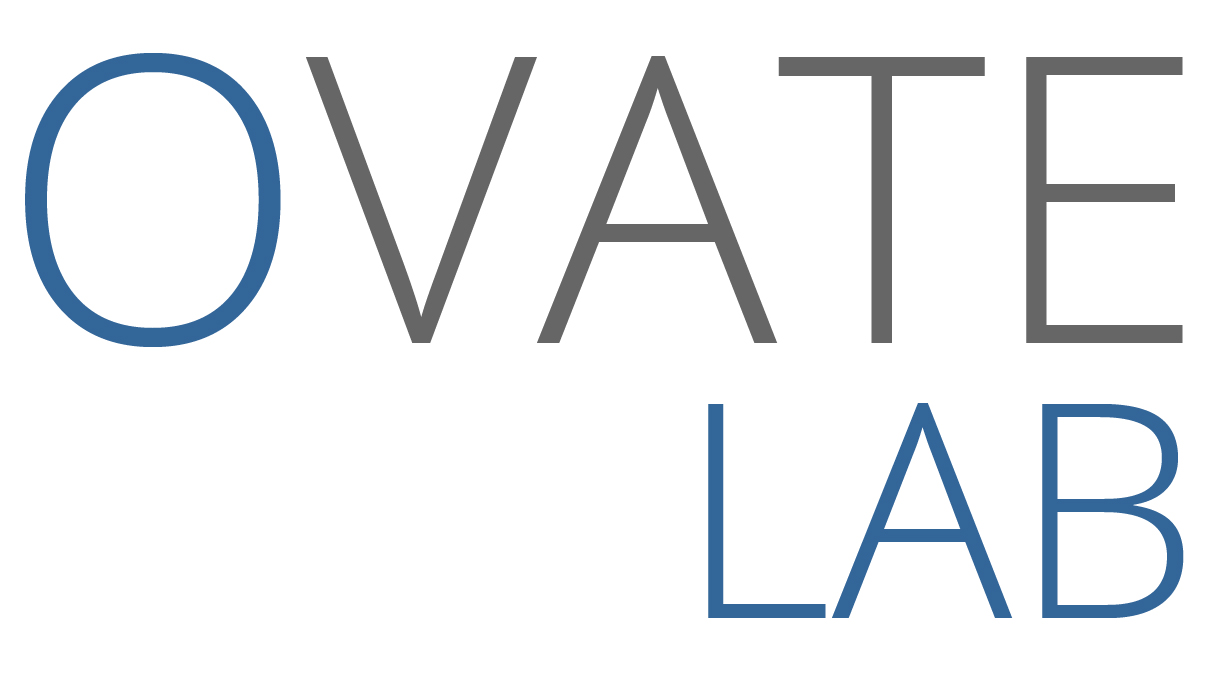Having worked in and around the testing industry for over 15 years, I have seen many changes in the World of testing. The importance of the tester over these years has gone through peaks and troughs. Potential business failures such as Y2K and the implementation of the Euro have seen companies invest heavily in “Career Testers”, paying increased salaries and bonuses to get the job done. Both Y2K and Euro had issues, but not the catastrophic impact that analysts predicted. The immediate aftermath of both events led to questions being raised around why testers were needed in such numbers and at such cost to projects.
That to and fro question continues, market events often play a big role in the answer to the question.
In more recent years, the popularity of agile, and in particular the rise of approaches such as TDD has raised the question of a testers value still further, with some companies relying on development led activity to provide the necessary quality. Other companies; such as Microsoft have invested in engineering roles for testers, or “Developers in Test”, people who can bridge the gap between testing and development.
So, with all these changes in approach, where does the humble tester sit? Do they become coders? Do they become business analysts? Some will, some won’t. Others may increase their skills by learning the basics of both in order that they can continue to contribute to ensure a development area covers the ‘what if’s’. We hear terms such as ‘Shift Left’, testers in this arena can still add value, static testing with respect to documentation or architecture diagrams will highlight risk areas and contribute to coverage models, environment management and performance strategies.
The technology World is becoming more service based, enterprise architects are looking at SOA services to provide efficiency. Testing is playing catch up again, defining a framework that provides optimal coverage of service calls is imperative, striking a balance between manual and automation coverage is key, supporting continuous integration is another way that testers can bring value back to the project life cycle. Complimenting development and business approaches, builds confidence and should contribute to companies meeting the business objectives around the cost, time and quality triangle.
But what if the tester doesn’t want to code? Doesn’t want to use automation frameworks? Well the digital age is here, and growing. The rise of consumerization in the market place is an important factor for companies when committing budget spend to projects. Consumers hold the key, demands for information to be displayed on multiple channels is leading companies to define their digital strategies. The technology race to bring newer and better wearable devices raises the question of consistency and quality again. Each device, whether static, mobile or wearable will need to portray consistent design and functionality to keep the consumer interested. Deviation in level of service will lead to the consumer voting with their feet (or fingers !) and move to a competitor.
Usability is key, device interaction and gesture support is vital to maintain market share. Can automation tools cover this? Not entirely, therefore the need for the humble tester is raised again, filling the gaps that automation frameworks cannot support, operating in an assurance role to keep products relevant and maintain consumer interest.
In short, the manual tester is dead, long live the manual tester !




